Wroclaw, a city in Western Poland, is famous for its beautiful architecture and has been around for over 1000 years! With a rich and vibrant history, it is considered one of the most beautiful cities in Poland.
There are many interesting facts about Wrocław, its history, and its architecture. Here are just a few of them, so enjoy and learn what is Wrocław famous for.
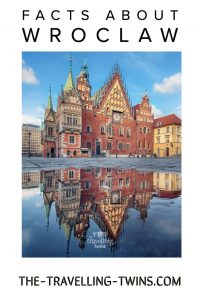
Fast Facts about Wrocław
Wroclaw – the German name: Breslau. It is situated on the banks of the Oder River in Silesian Lower Countries.
Wroclaw is the fourth largest city in Poland. Approximately 1.2 million residents reside at its city center in the year 2020.
Wroclaw is the capital city of Dolnoslaskie County (Lower Silesia) located in western Poland.
Facts about the history of Wroclaw
In ancient times, there was a town called Budorigum in the present area of Wrocław or in its vicinity.
Wrocław in Middle Ages
Wrocław originated as a settlement on the island of Ostrów Tumski – Cathedral Island.
In the 10th century AD and was founded by the Czech prince Vratislav on the Oder river.
In the middle ages, Wrocław was an important center of trade. Control over Wrocław changed hands between the Duchy of Bohemia, the Duchy of Poland, and the Kingdom of Poland during its early history
The city was largely Polish with communities of Bohemians (Czechs), Germans, Walloons and Jews until 1241 when it was abandoned by its inhabitants and burnt down during a Mongol invasion
The city of Breslau became the center of German Baroque literature and home to the First and Second Silesian school of poets in the 1740s.
In 1742, Prussia annexed most of Silesia during the War of Austrian Succession.
During Napoleonic Wars, it was occupied by the Confederation army and fortifications were levelled.
After the Unification of Germany in 1871, Breslau became it turned into the sixth-largest German city in German Empire with a population of over half a million people.
Wrocław during Second World War
The city has been destroyed and rebuilt many times over the years, most notably in 1945 after being heavily bombed by the Allies in World War II.
After World War II, the region became part of Poland under territorial changes defined by the Potsdam Agreement, and the town’s inhabitants who had not fled were expelled between 1945 and 1949.
Wrocław’s architecture
Wrocław is a beautiful European city of mixed heritage, with architecture influenced by Bohemian, Habsburg Austria, and Prussia traditions.
The architecture of Wrocław is varied and includes many different styles, from Gothic to Art Nouveau. Some of the most famous buildings in Wrocław include:
The City Hall
The Gothic Old Town Hall built in the 14th century and is one of the oldest town halls in Poland. It is also one of the few Gothic town halls that have been preserved in their original form.
The town hall tower has the oldest clock bell in Poland.
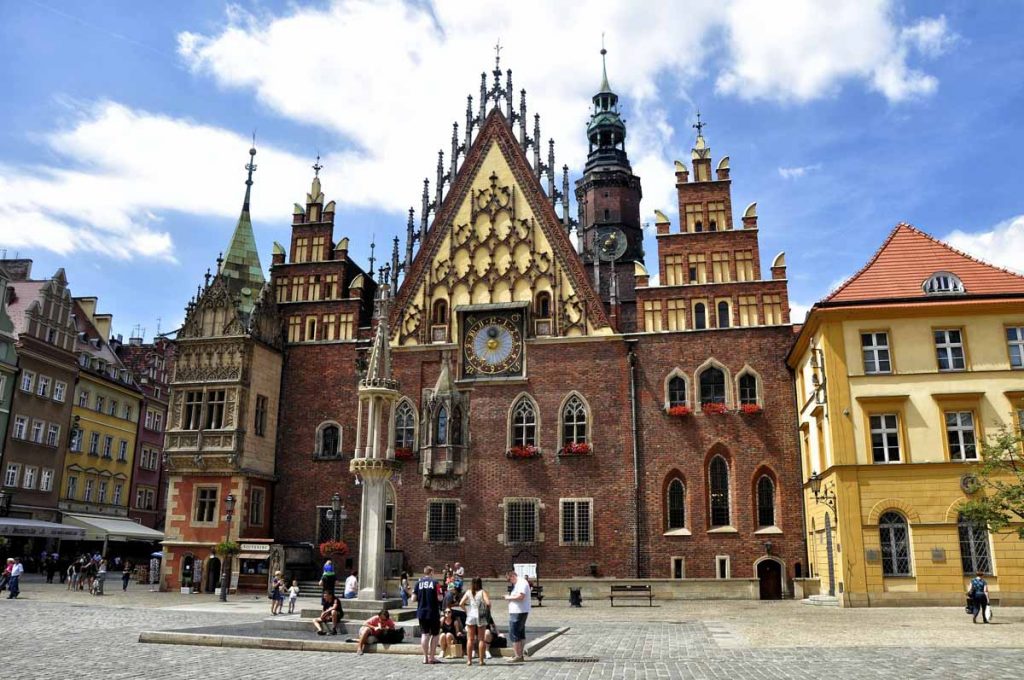
UNESCO World Heritage Site
The city has many buildings designed by German modernist architects Max Berg including the famous Centennial Hall (Hala Stulecia )
Hala Stulecia was completed in 1913 and has become an internationally renowned concrete structure in its own right. It has a huge size. The building is 130ft high with more than 300ft width.
Now the Centennial hall is a UNESCO World Heritage Site
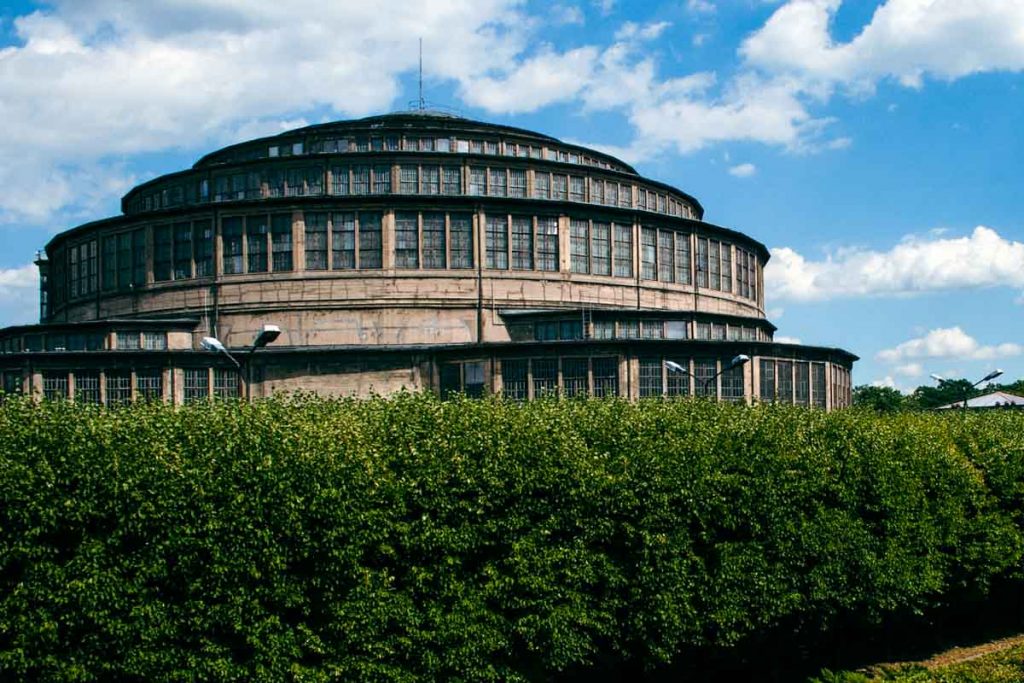
Tallest residential building
Sky Tower is the tallest residential building in Poland. It measures 212 meters and towers over the panorama of Wrocław.
In addition to these famous buildings, there are many other interesting and unique structures in Wrocław that are worth exploring.
Wroclaw is famous for being the city inhabited by dwarfs
Wrocław is the city of Gnomes. We love them so much. Currently, there are an estimated 600 hidden in this town. Those people may soon be in power! Searching for gnomes in Wroclaw can be a fun activity and popular sport for both young kids and adults during visits. In the nearby shops, you’ll have maps to assist in locating names in town.
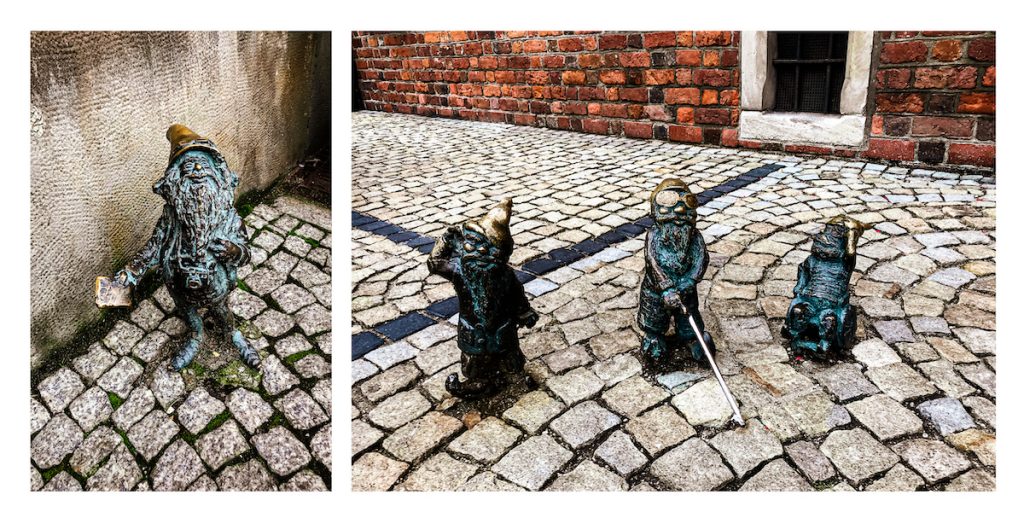
Wroclaw has the second-largest Market Square in Poland
Wroclaw’s Main Market Square, with dimensions, are 213 x 178 m and an area is 3.8 ha is the second biggest Market square in Poland after the main market square in Krakow.
Next to it is located Plac Solny (Salt Square), which gets its name from times of the Middle Ages when salt was brought to the town and sold on the square.
Wroclaw has one of the oldest restaurant establishments in Europe
Piwnica Świdnicka is one of the oldest restaurants in Europe. He is over 740 years old! It was founded in 1273. Many famous Poles like Chopin or Słowacki dine in here
Cycloramic Painting
The Panorama of the Battle of Racławice (Racławice Panorama) is an enormous cycloramic painting. It measures 114 x 15 meters and shows a scene from the Battle of Racławice. The authors of the work were, among others, Jan Styka, Wojciech Kossak, Ludwig Boller.
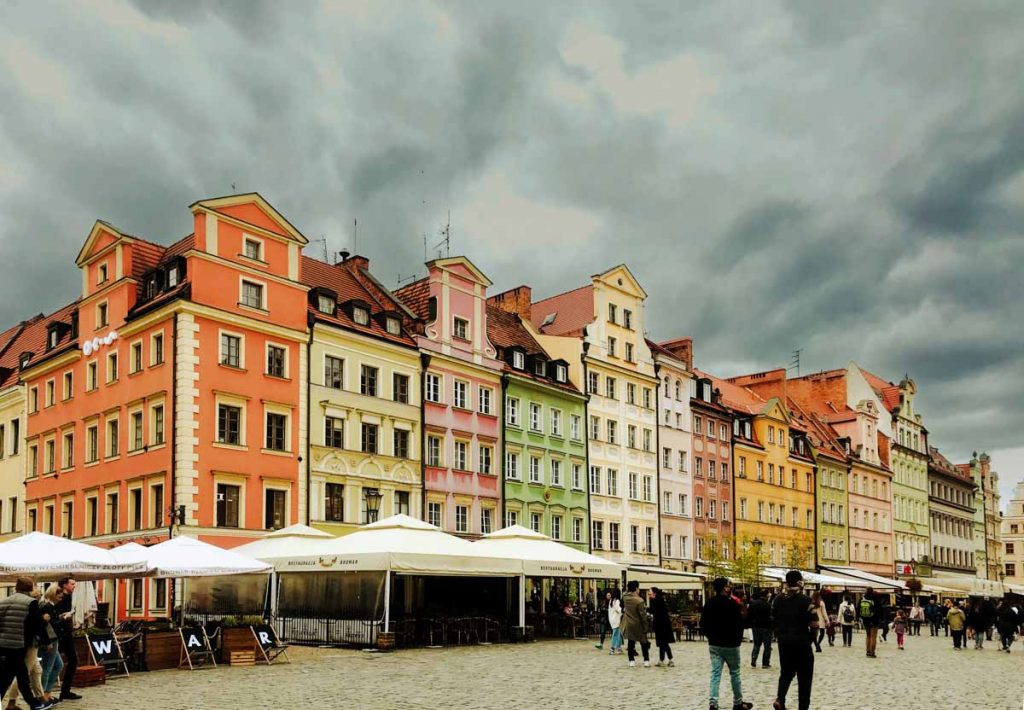
Wroclaw is a popular town for students
Wrocław has renowned universities. Wroclaw has some of the best universities in Poland like the University of Wrocław, founded in 1702. Other universities in Wroclaw include the Wrocław University of Technology and the Academy of Fine Arts. The city is also home to a number of other colleges and academies.
Wroclaw has over 100 bridges in the city
Wrocław ranks fourth in terms of the number of bridges and footbridges in Europe. Only Venice, Amsterdam and Saint Petersburg have more water crossings.
Because of many bridges, Wrocław gained the nickname Venice of the North.
The odlest bridge is the Sand Bridge. Documents preserved from the Middle Ages prove that already in the 12th century a toll bridge.
The oldest zoo in Poland
Wrocław Zoological Garden was established on July 10, 1865. The garden operated practically continuously during this time, except for a break between 1921 and 1927 due to financial problems. It is the oldest zoo and the best zoo in Poland.
Nobel Prize winners
Wrocław is home to 10 Nobel Prize winners, including Theodor Mommsen (1902) Philipp Lenard (1905) Eduard Buchner (1907) Paul Ehrlich (1908) Gerhart Hauptmann (1912) Fritz Haber (1918) Friedrich Bergius (1931) Otto Stern (1943) Max Born (1954) Reinhard Selten (1994). This makes it one of the most prestigious cities in Europe for scientific achievement.
Wrocław Fun facts
To this day, gas lanterns in Ostrów Tumski are lit by a lighthouse keeper.
The Venetian adventurer, Giacomo Casanova, stayed in Breslau in 1766.
Johannes Brahms – honorary doctorate
European Capital of Culture
Wrocław was the European Capital of Culture in 2016. Wrocław shared the nomination with Spain City San Sebastián.
Wrocław was also named a UNESCO City of Literature in 2019
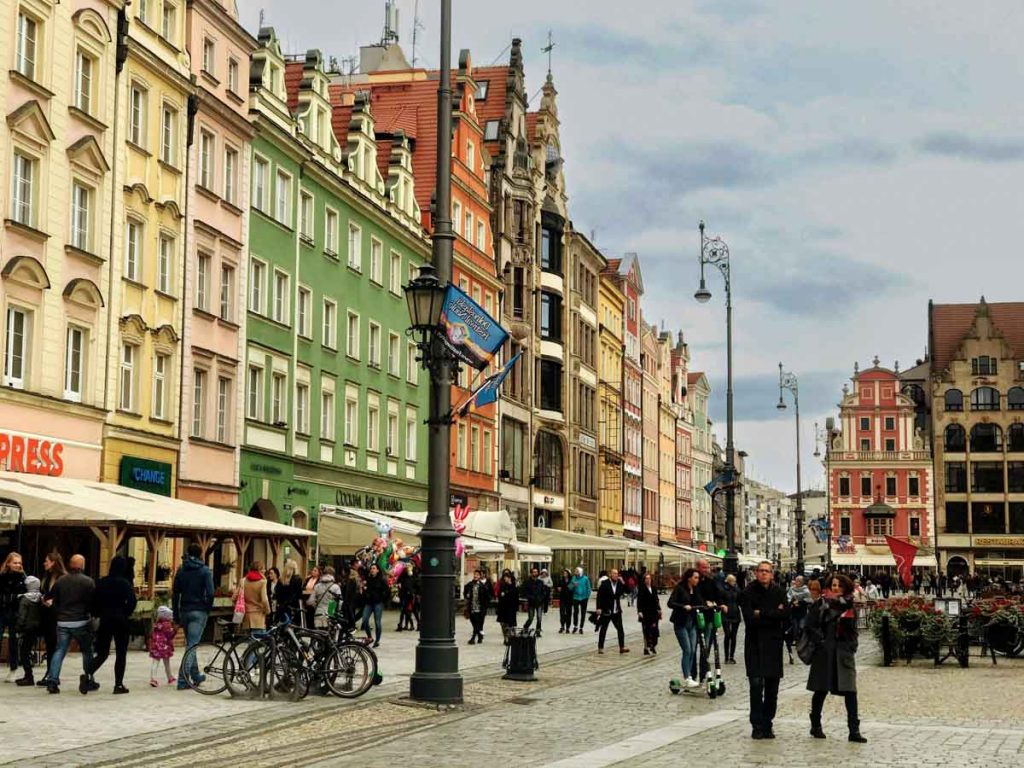
Festivals in Wrocław
Festivals in Wroclaw are a great way to experience the culture of this historic city. Some of the most popular festivals include the:
The Festival of Polish Contemporary Music is a biannual event that was first conceived back in 1962 to promote the newest in classical music
Wroclaw Guitar Festival for everyone who wants to listen to or learn guitar music
Buskerbus – Experimental street theatre and music festival
The Port Wroclaw Literature Festival takes place over a number of weeks each year during early spring.
The famous festival Wratislavia Cantans is one of the most famous choral music festivals, dating back to 1966.
There is always something going on in Wroclaw, so there is no excuse for not experiencing
European Youth Meetings
Wroclaw was the European Youth Meeting Capital in 2016. This event brought together young people from all over Europe to participate in a number of cultural and social activities.
Wroclaw loves Jimmi Hendrix
Although he didn’t visit Wroclaw, the yearly Jimi festival in town is still held almost 20 years (since 2003). Every year thousands of guitar players from Poland come together in Wroclaw and try and surpass his song and record. This was broken in Wroclaw 2019 when 7023 guitar players played “Hey Joe”
Places to see in Wroclaw
Wrocław is the 4th largest city in Poland and popular tourist destination in Poland. This beautiful city is known for its beautiful architecture and thousand years of history. Some of the most popular places to see in Wrocław include:
The Ostrów Tumski district is the oldest district in the city and home to a number of historic churches and buildings – Including Wrocław Cathedral and the White Stork Synagogue.
The Rynek, or Market Square, is the main square in the city and a popular spot for tourists and locals alike.
The Panorama Racławicka of the Battle of Racławice is a large painting that depicts a battle from the Napoleonic Wars.
Museums in Wrocaław
There are a number of museums and other cultural institutions to see in Wrocław, including:
The National Museum in Wrocław, which is the largest museum in the city and home to a number of exhibits on art, history, and science.
Pan Tadeusz Museum, is dedicated to the Polish epic poem of the same name written by Adam Mickiewicz. The Museum house the manuscript of “Pan Tadeusz”.
The City Museum in Wrocław is dedicated to the history and culture of the city. The museum is located on Marker Square in the Royal Palace of Prussian monarchs. The museum is home to a number of exhibits on the history of Wrocław, including a section on the city during World War II.
The Archdiocese Museum in Wrocław is a museum dedicated to the history and culture of the Roman Catholic Church in Poland.
Wroclaw Facts – Pin it for later
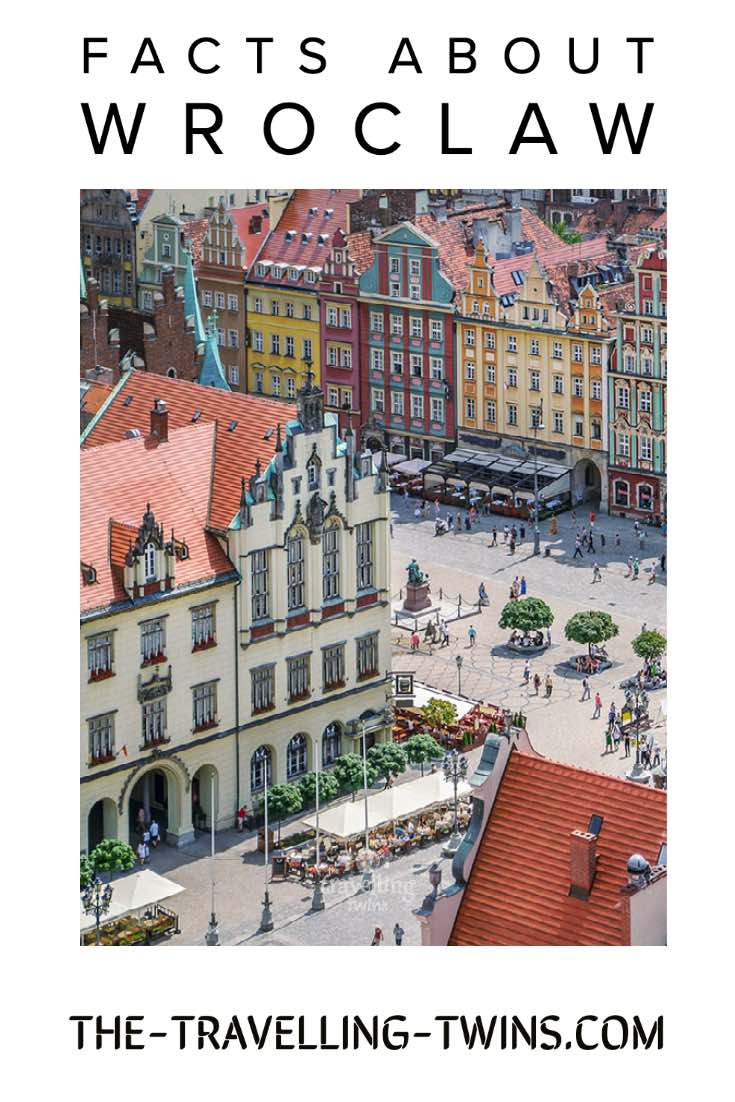
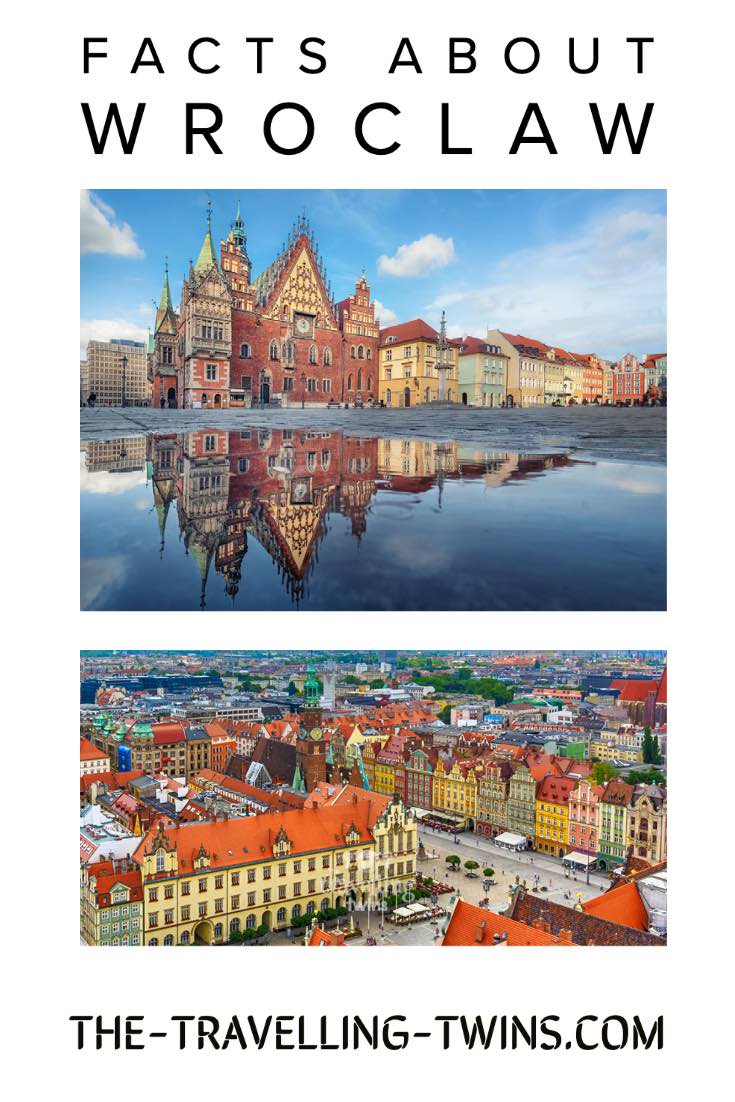
Privacy Policy Disclaimer
This website uses affiliate links for income and support.
If you like our website, please consider using these links. You will be directed to the vendor, and we will get a small commission on your purchase price at no increased cost to you.
We have researched facts stated here as far as practicable but please check anything critical before committing your time and money. We do not claim any special knowledge or expertise, and we are not consultants for our readers.